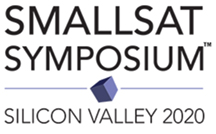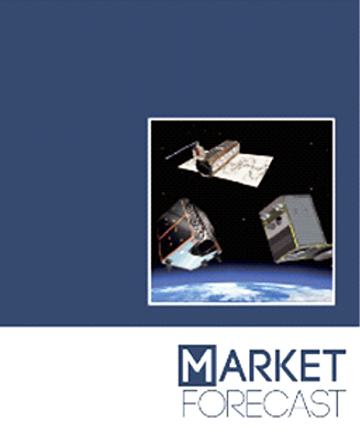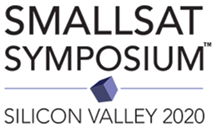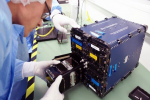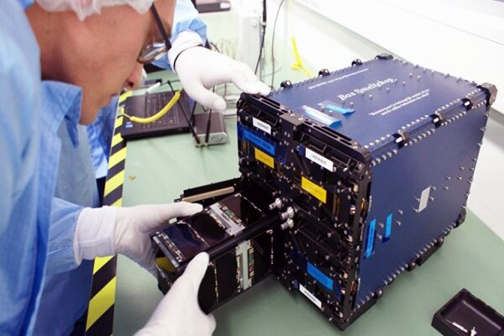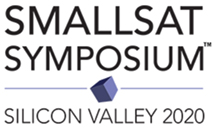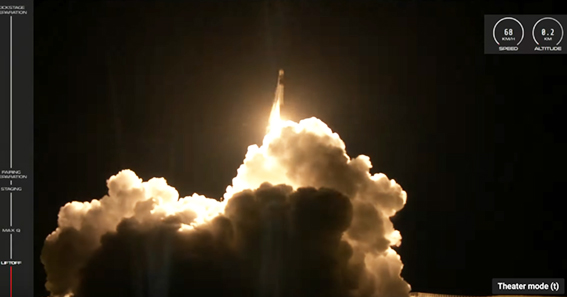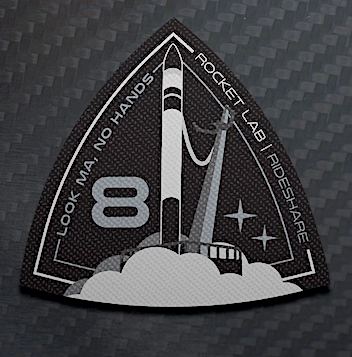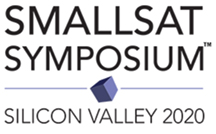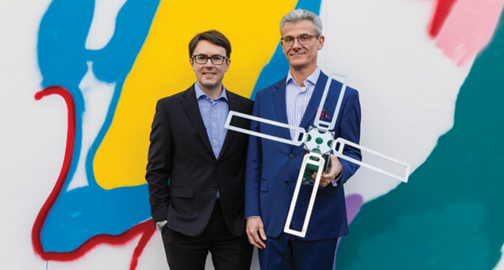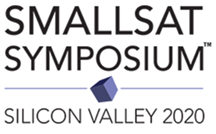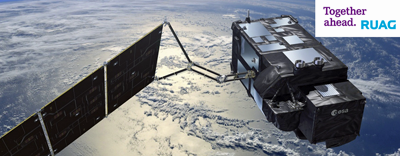

RUAG Space and Kubos Corporation have signed a Memorandum of Understanding (MOU) — the agreement outlines how the companies will work together on multiple new lines of ready-to-fly satellite computers.
These new integrated products, geared toward the U.S. commercial and government satellite constellation market, take the KubOS software and RUAG Space satellite computing hardware into the quickly growing megaconstellation and >150 kg. markets.
This agreement is an important first step for KubOS and secure open source, which has been a mainstay of the nanosatellite market, to the larger mini/medium size satellite enterprise. Several industries, from smartphones to enterprise IT, have made the turn towards open source software. The KubOS community has swelled in 2019 to more than 500 aerospace developers, making it the largest open source movement in the space community.
Kubos CEO Marshall Culpepper said that the collaboration of large, successful aerospace firms with innovative software companies is going to be an unstoppable trend as more large constellations are planned and launched into orbit. The underlying truth for those applications is that they need both flexible software and reliable hardware — just the same as day to day computing needs on Earth. The company has developed an open-source, integrated flight software framework that can easily run on an array of different hardware combinations. KubOS is the Android of space systems. By combining it with a wide range of powerful hardware platforms, it can bring incredible value to its end-users.
Dr. Peter Guggenbach, CEO of RUAG Space, added that customers have come to know and expect reliable systems from RUAG Space, but the challenge the company faces as an industry is producing the same reliable systems at scale and at a level that makes them affordable for a mega constellation. To accomplish this requires strategic partners, particularly in software — and visionary thinking and innovative collaborative approach — which leads to this partnership with Kubos.
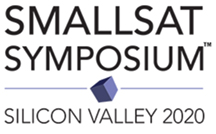
For all involved in the satellite and space industry and the various market segments that add value to these dynamic environments, the 2020 SmallSat Symposium is truly worth your consideration for attendance.
The SmallSat Symposium is hosted by Satnews Publishers which, since 1983, has been a provider of a satellite news, media and events. This information packed forum was created to enable you and your company to secure a larger portion of market share as well as to take part in the next stages of your company’s or organization’s growth.

The personal connections at the SmallSat Symposium enable attendees to network with established organizations, subject-matter experts as well as ‘New Space’ entrants.
The SmallSat Symposium will focus on new technologies and the business environment that is shaping the implementation of smallsat constellations, smallsat launchers, the challenges facing the smallsat developer and actors as well as the enormous benefits of these advanced technologies that will benefit our world.
This event assembles more than 100 diverse speakers, all of whom possess deep industry experience. Additionally, numerous opportunities exist to mingle and network with peers while enjoying exceptional, complimentary meals and refreshment breakfast.








